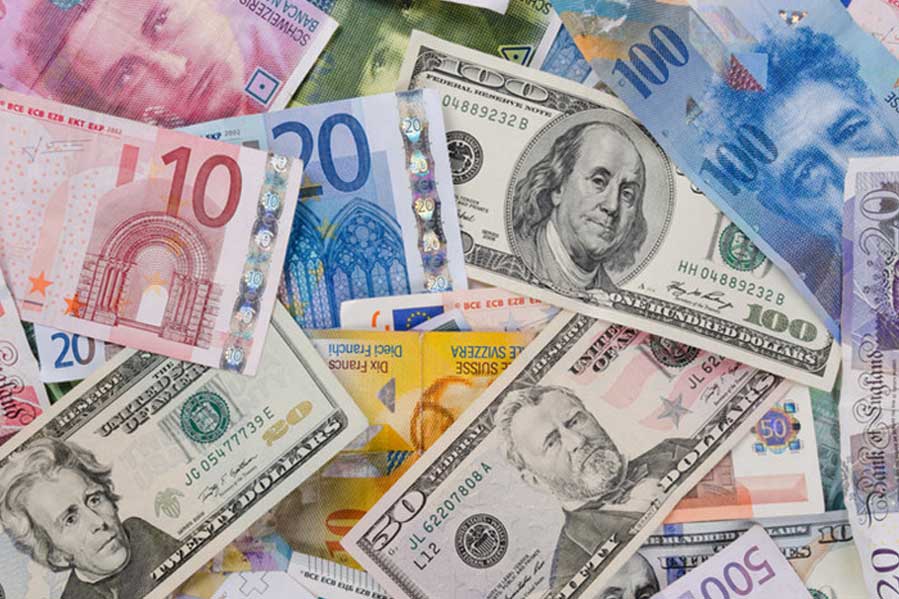Trading currency futures is an essential facet of the global financial markets, offering traders, investors, and hedgers the ability to speculate on or hedge against movements in foreign exchange rates. Unlike the spot Forex market, where currencies are traded in real-time, currency futures are standardized contracts to buy or sell a specific amount of a foreign currency at a future date, at a price determined in the present. These contracts are traded on regulated exchanges, providing additional security and transparency to participants. One of the leading venues for such trading is the Chicago Mercantile Exchange (CME), which lists a variety of currency futures catering to a diverse trading community.

Currency Futures on the CME
The CME offers an extensive array of currency futures, covering major global currencies and economies. Each currency future contract on the CME specifies a standard size, quoted in the particular foreign currency. Among the most actively traded are:
- Euro (EUR/USD) Futures: With each contract representing 125,000 Euros, these are among the most popular due to the Eurozone’s economic significance and the euro’s liquidity.
- British Pound (GBP/USD) Futures: Each contract amounts to 62,500 pounds, making it a favorite for traders focused on the UK market.
- Japanese Yen (JPY/USD) Futures: Quoted in terms of U.S. dollars per 100 yen, with each contract encompassing 12,500,000 yen, reflecting Japan’s pivotal role in the global economy.
- Australian Dollar (AUD/USD) Futures: With contracts covering 100,000 Australian dollars, these futures are a go-to for those interested in the Asia-Pacific markets.
- Canadian Dollar (CAD/USD) Futures: Each contract represents 100,000 Canadian dollars, offering insights into the commodity-driven Canadian economy.
- Swiss Franc (CHF/USD) Futures: These contracts are for 125,000 Swiss francs, appealing to traders looking for exposure to a traditionally safe-haven currency.
- Mexican Peso (MXN/USD) Futures: With each contract for 500,000 pesos, this market is relevant for traders speculating on Latin American economies.
This diverse offering allows traders to gain exposure to various global economies and hedge against currency risk in a regulated and transparent environment.
The Role of Central Banks
Central banks play a pivotal role in determining the direction of currency futures through their monetary policy decisions, interest rate adjustments, and commentary on economic outlooks. These actions directly impact interest rate differentials between currencies, influencing traders’ expectations and positioning in currency futures markets. For instance, if a central bank raises interest rates or signals its intention to do so, the currency’s value is likely to appreciate due to higher yields attracting more investors. Traders closely monitor central bank communications and economic indicators to anticipate such moves.
Trading Currency Futures vs. Forex
While both currency futures and the spot Forex market offer avenues for speculating on or hedging against currency movements, several key differences influence why traders may prefer one over the other:
- Regulation and Transparency: Currency futures are traded on regulated exchanges like the CME, offering a level of transparency and security not always present in the decentralized Forex market.
- Standardization: Futures contracts are standardized in terms of contract sizes and expiration dates, facilitating easier comparison and valuation. This standardization can simplify trading strategies, though it may also limit flexibility compared to Forex trading.
- Counterparty Risk: Trading through established exchanges significantly reduces counterparty risk, as the exchange itself acts as the counterparty to all trades, ensuring financial integrity.
- Access to Leverage: Both markets provide access to significant leverage, but the mechanisms and costs associated with leveraging may differ, impacting trading strategies and profitability.
- Pricing and Costs: Currency futures incorporate the forward rate, which accounts for interest rate differentials between the two currencies. In contrast, Forex spot transactions are more directly influenced by real-time supply and demand dynamics. Additionally, trading costs and fees may vary between the two markets.
Start Trading Currency Futures
Trading currency futures offers a structured and regulated way to participate in the global currency markets, with the CME providing a comprehensive platform for engaging with a wide array of currency pairs. The role of central banks in this domain cannot be overstated, as their policies and decisions are crucial drivers of currency values, impacting futures directly. While both currency futures and spot Forex trading have their advantages and considerations, the choice between them depends on the trader’s specific needs, trading style, and risk tolerance. By understanding the nuances of each market, traders can make informed decisions, leveraging these instruments to achieve their financial goals.
Ready to start trading futures? Call US 1(800)454-9572 – Int’l (310)859-9572 email info@cannontrading.com and speak to one of our experienced, Series-3 licensed futures brokers and start your futures trading journey with E-Futures.com today.
Disclaimer – Trading Futures, Options on Futures, and retail off-exchange foreign currency transactions involves substantial risk of loss and is not suitable for all investors. Past performance is not indicative of future results. You should carefully consider whether trading is suitable for you in light of your circumstances, knowledge, and financial resources. You may lose all or more of your initial investment. Opinions, market data, and recommendations are subject to change at any time.
**This article has been generated with the help of AI Technology. It has been modified from the original draft for accuracy and compliance.
***@cannontrading on all socials.



